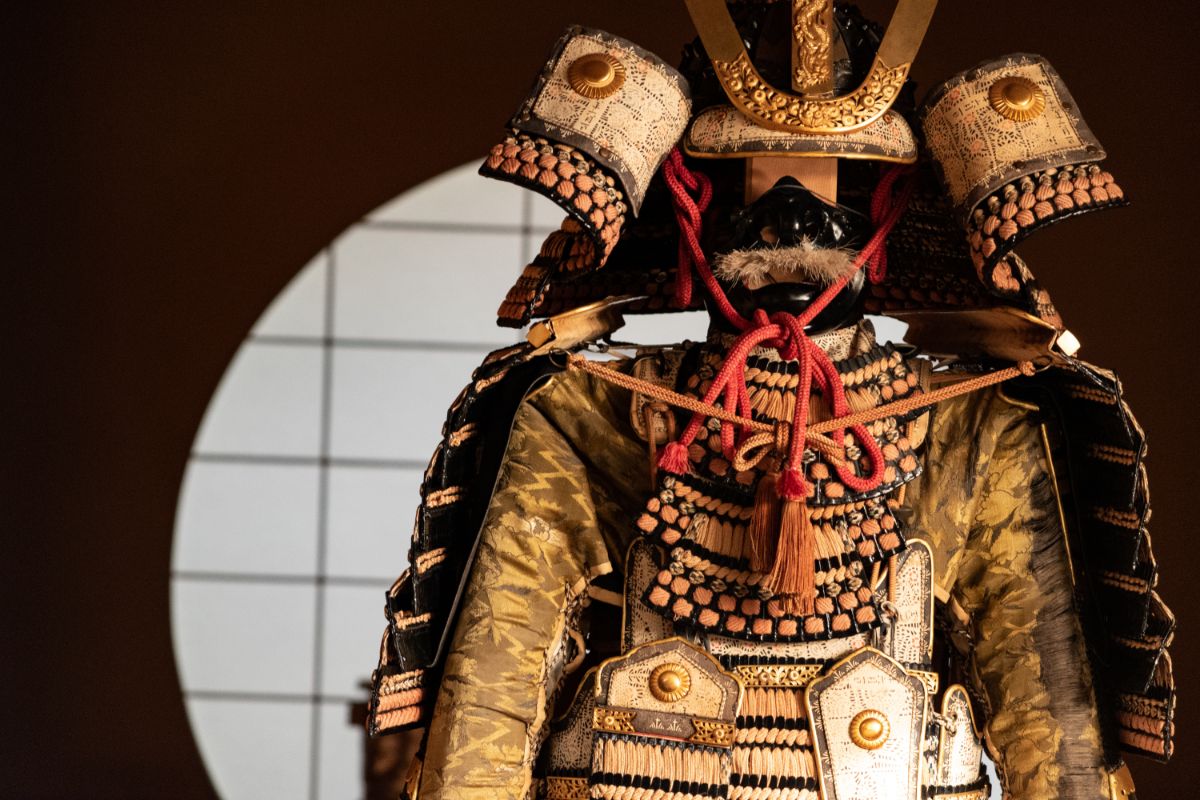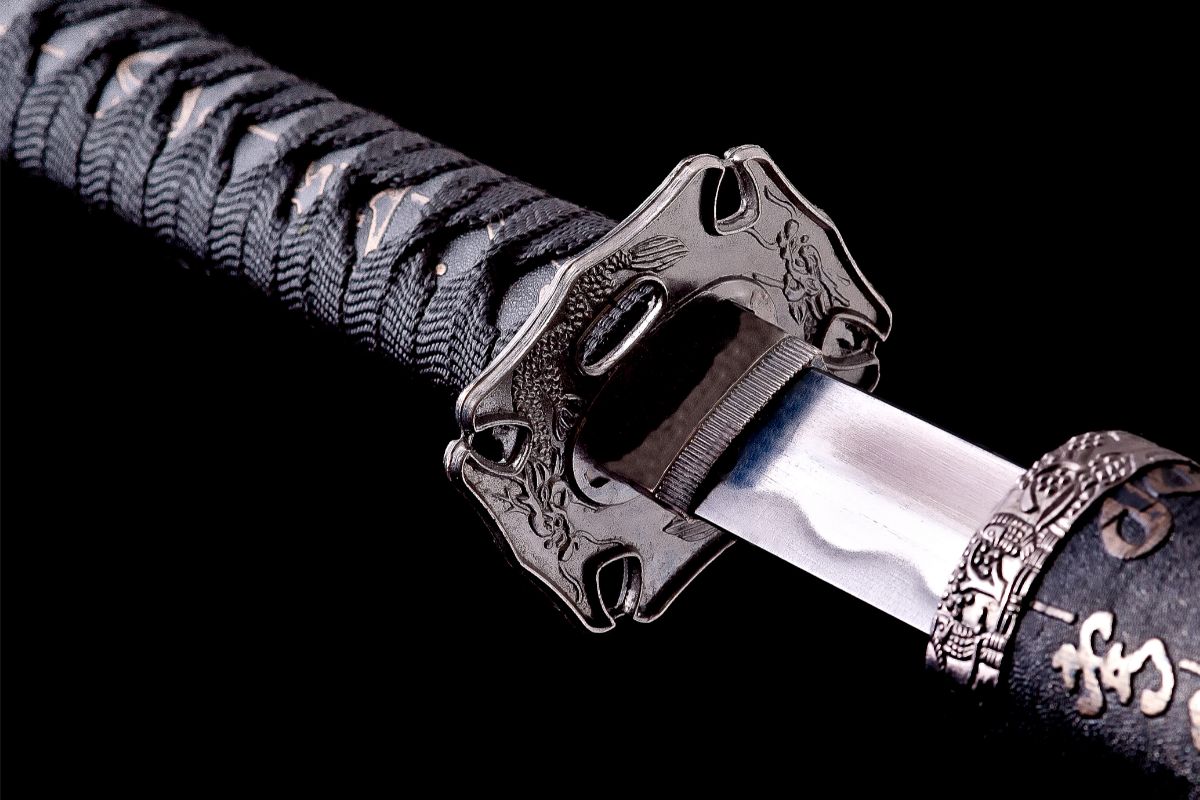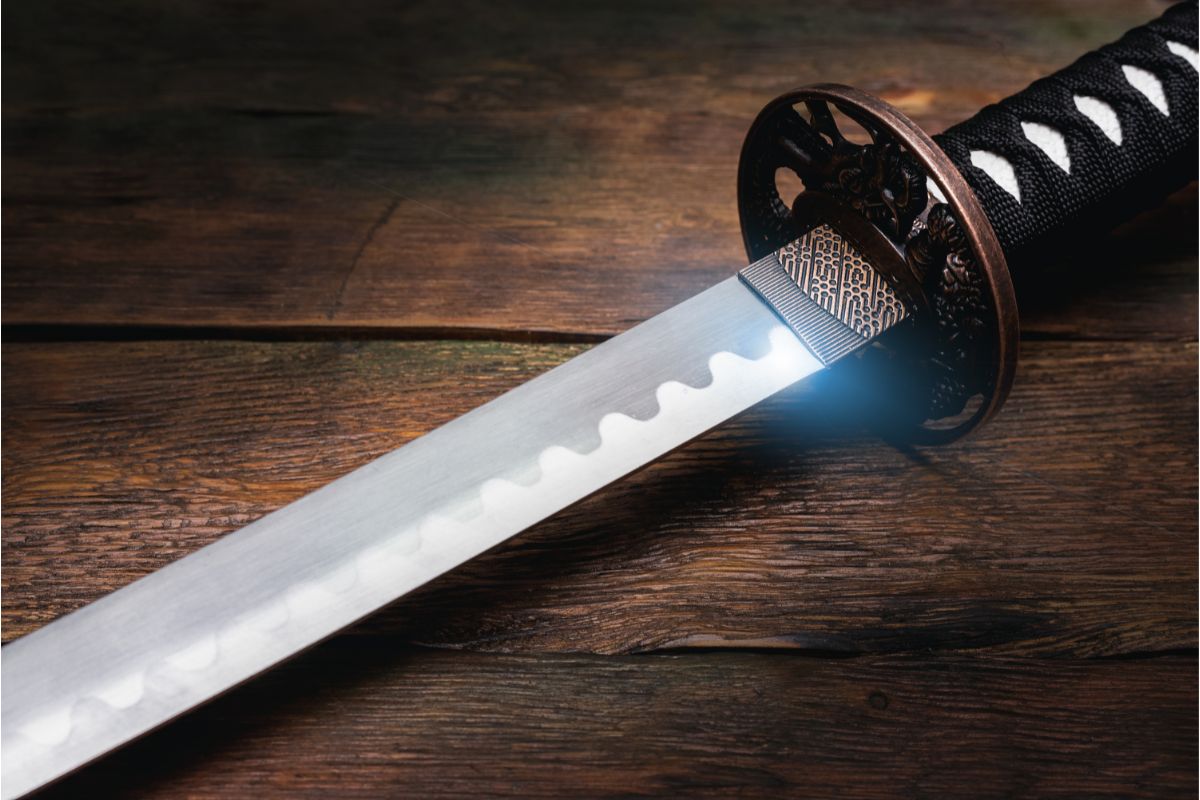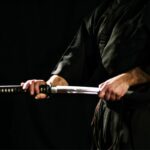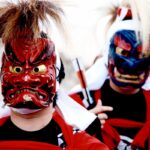When you think of Japanese History, you’re probably thinking about Samurai.
Western pop culture is packed with images of warriors clad in armor, with demon masks and katana blades.
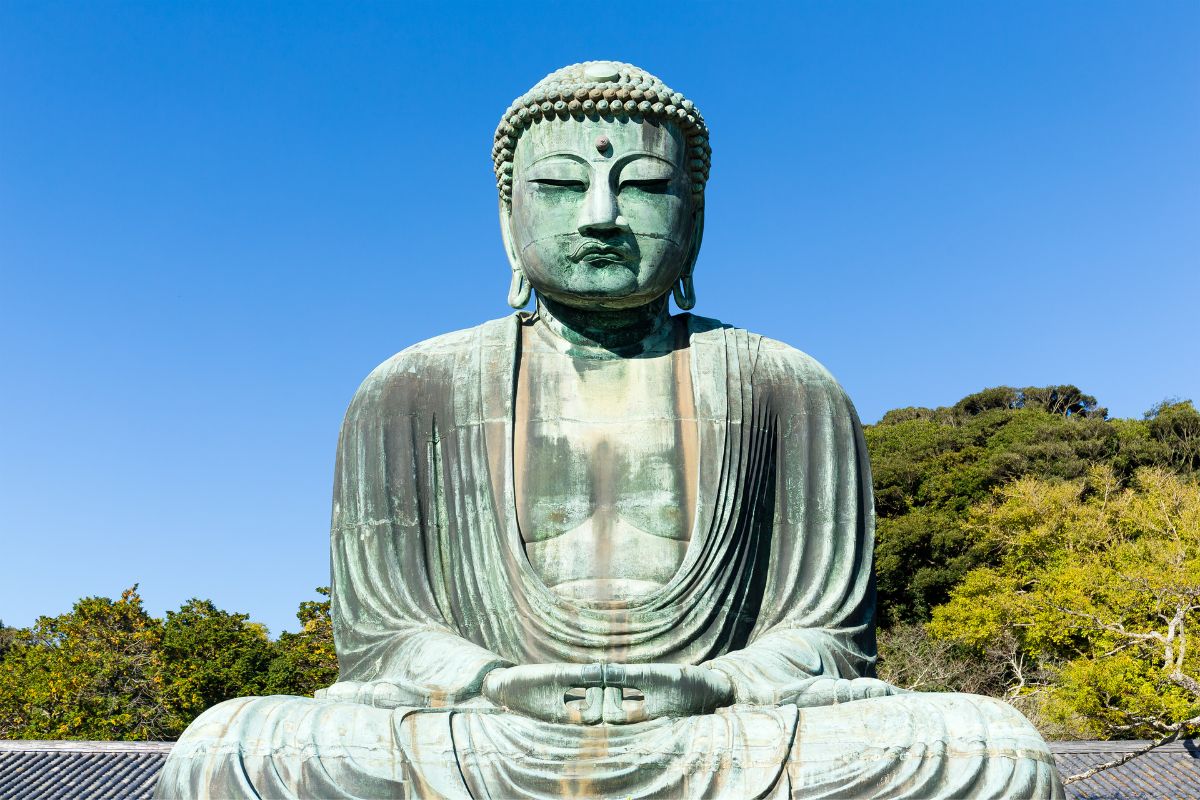
In many ways, samurai were the knights that we know from European history during the medieval period, but when did they rule and how long was it for?
If you want to know about the period when samurai ruled Japan, then you’re going to want to understand the Kamakura period.
In this article we’re going to give you a brief overview of this exciting time, explaining how society worked during this time and how it progressed through the years.
What Was The Kamakura Period?
The Kamakura period (see also ‘Kamakura Definition And Meaning‘) of Japanese history took palace between the years of 1185-1333BC. It is the period of time when Japan was ruled by the Kamakura shogunate.
A shogunate (see also ‘The First Shogunate Of Japan | History & Facts‘) is a feudal structure where the land is ruled by a shogun and a military government.
This government was formed in 1192 by shōgun Minamoto no Yoritomo and was the first example of extreme feudalism in Japanese history.
Minamoto no Yorimoto
The best way to explain what a shōgun is would be to compare them to a warlord.
A shōgun is different from a king or an emperor as they rule the country through military strength.
A shōgun could be expected to fight in battles and command armies, and maintain strict traditions in the country through the use of the warrior caste and the power of the samurai.
Minamoto no Yoritomo became the ruler of this shogunate in the city of Kamakura after the Genpei War.
Yorimoto killed many members of his family including his two brothers, his brother’s son, and his son-in-law to consolidate power.
He also eliminated the Oshu Fujiwara family after they tried to make peace with him.
In 1192 Yorimoto was granted the title of Seii Taishogun by the Imperial Court and he officially became one of the central powers within Japan.
After this, he created Japan’s first-ever Shogunate (which can be translated to Tent Government.)
Brief Overview Of Events During The Kamakura Period
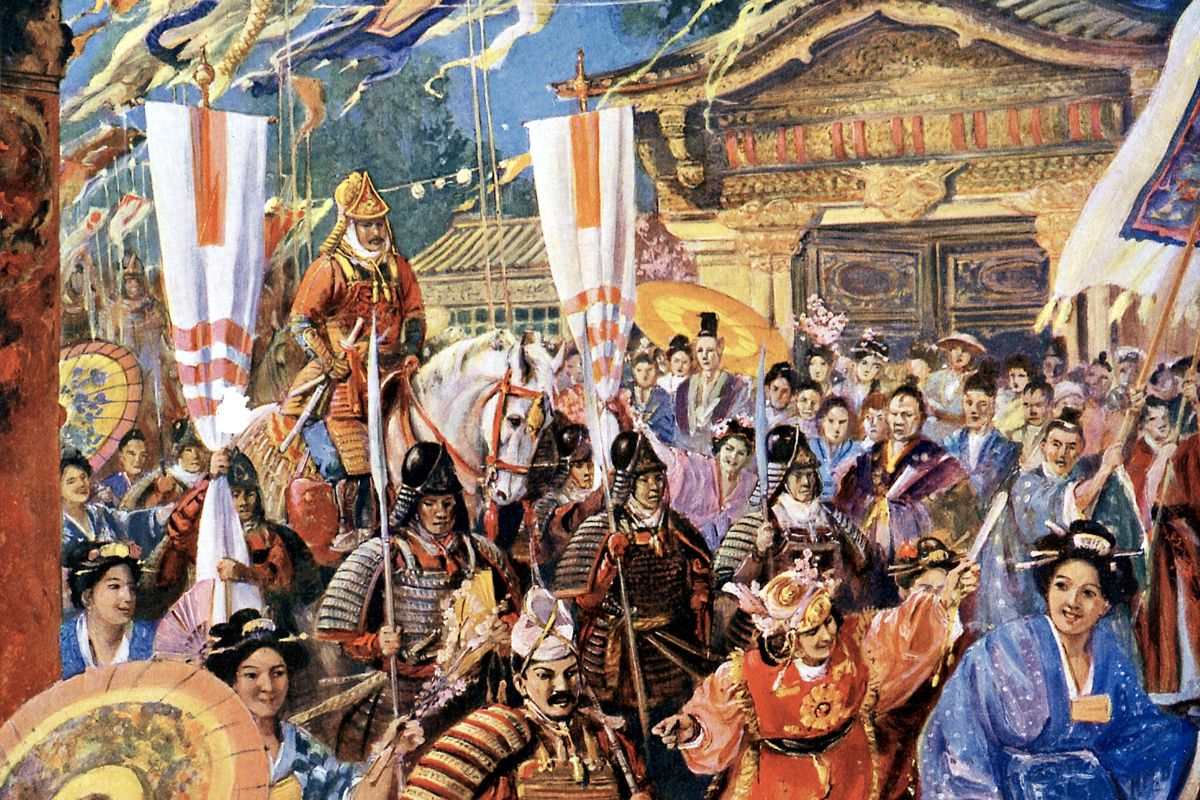
Early Government
It’s important to note here that the government was actually split during the early stages of the Kamakura period.
The military strength led by Yorimoto was centralized in the Kamakura region of Japan, which would get official authorization for his laws, policies, and actions from the government in Kyoto, led by an Emperor who had dominion over the rest of the country.
The rule of Minamoto no Yoritomo did not last for long, as he died in 1199 at the age of 52.
This caused an instant power struggle, as members of his family did not want his first son to become the next shōgun.
The title was instead passed to his younger son, who became the first figurehead shōgun not dissimilar to an emperor.
The Hojo family (Yorimoto’s wife) then made laws that would pass down the title of shōgun through their family line.
For the rest of the Kamakura period, the Hojo family took control of the shogunate.
Mongol Invasion
A big part of the Kamakura Period is the conflict that occurred with the Yuan Dynasty in China.
Mongol Ruler Kublai Khan (who was the grandson of the legendary and much feared Genghis Khan) began to threaten Japan.
When his emissaries were spurned, Kublai Khan sent two naval armadas to invade Japan.
These armadas were mostly destroyed by typhoons, but the economic strife caused by the invasion created a lot of problems for the ruling Hojo family.
The End Of Hojo Rule
The end of the Hojo family ruling in the shogunate came from the internal struggle in Japan.
Emperor Go-Daigo of the southern court caused a rebellion by naming his own son as his successor in 1331.
After a bloody struggle, the Hojo family was deposed in 1336 and a new Shogunate was formed.
The Ashikaga Shogunate ruled for a much longer time period, a time that would come to be known as the Muromachi Period.
It would last from 1336 to 1573, with a lot of the traditions, castes and governmental structure coming as a result of the Kamakura period.
To give a final statement about the impact of the Kamakura period, it was one of the bloodiest and most turbulent times in the history of Japan.
It made way for the creation of the samurai and would pave the way for the next 1000 years of Japanese history.
Samurai During The Kamakura Period
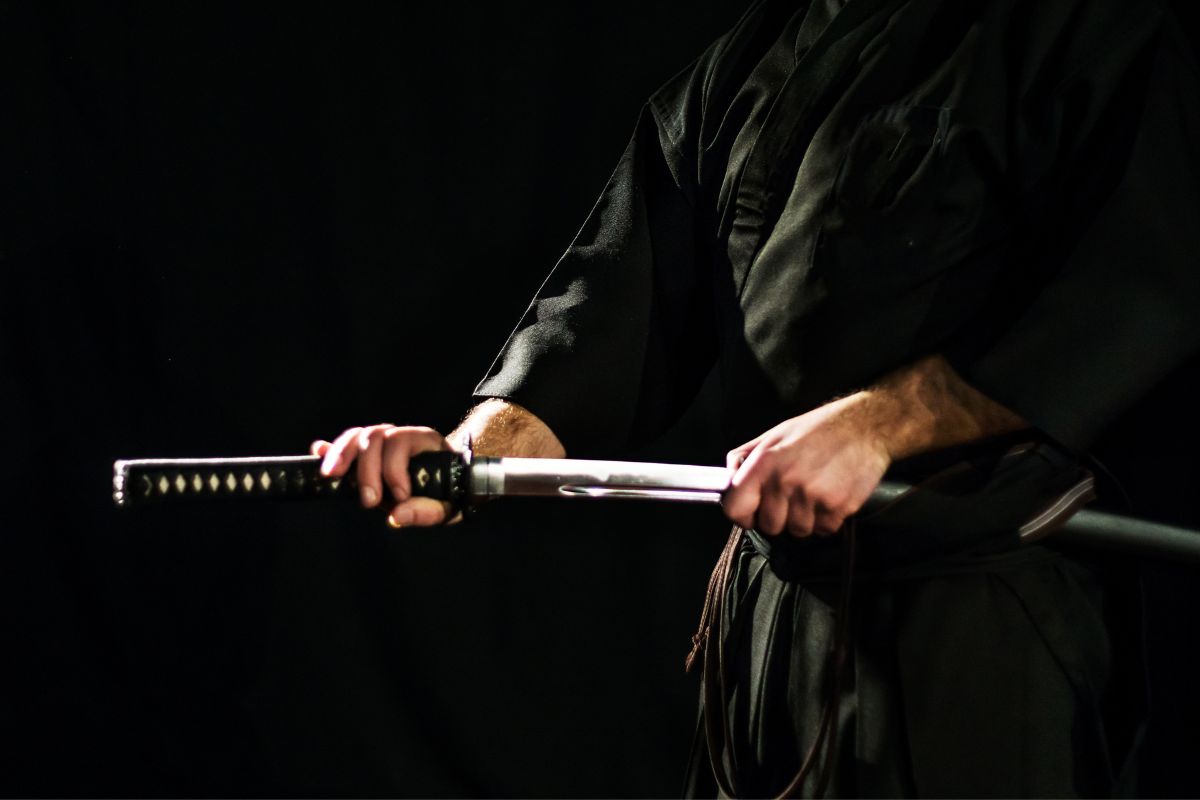
The military government that rose during the Kamakura period relied on their warrior caste to hold onto power.
The word Samurai loosely translates to “one who serves” and it was the name to describe this warrior caste.
While the origins of the samurai can be traced back to much older periods of Japan, it wasn’t until the Kamakura period they gained great levels of power and influence in the way the country was run.
Samurai families were defined by their iconic suits of armor and terrible efficacy during battle.
With finely crafted swords and a deep understanding of armed combat, they were used as a way of stopping rebellions and strengthening the military integrity of Japan.
Samurai families were nobility and followed strict codes (known as bushido) which focused on material virtues, mental fortitude, loyalty to one’s shogun and family, and willingness to defend the shogunate against invaders or internal rebellions.
The Samurai first became infamous to the wider world after the Mongol invasion in the 13th century.
Their superior armor and battle tactics, forged through generations of strict code made them devastated in battle.
From the Kamakura period sprung dozens of strong samurai clans who would carry on throughout the ages, all the way to the relatively peaceful Edo Period in the 17th century, where they became custodians to lavish stretches of land.
Final Thoughts
Today, Samurai culture is one of the most remembered parts of Japanese history.
Scores of movies, tv shows, novels, and video games have featured Samurai in some way, and they have become a symbol for Japanese history.
We would like to end this article by emphasizing how important the Kamakura period was for the history of Japan.
It was one of the most formative times in the country, where the government was split and transitioning.
While the origin of the Samurai can be traced a lot further back, many historians have made a case that this was the moment where they emerged as a global force.
We hope that this article has given you some insight into this exciting period and that you’re now a bit more confident about what happened and why.
If you want to know more about the Kamakura period, there is a lot to learn, with historians dedicating their life’s work to understanding what went on during this 150-year slice of time.
The Samurai would carve a path through history with the sword and with their strict moral codes, one that would carry on all the way into modern history.
- 16 Best Websites To Watch Japanese Movies With English Subtitles - May 11, 2023
- Is ZIPAIR The Best Airline For Traveling To Japan? - May 11, 2023
- Ryu Murakami Vs Haruki Murakami – Which One Should You Read? - May 11, 2023

